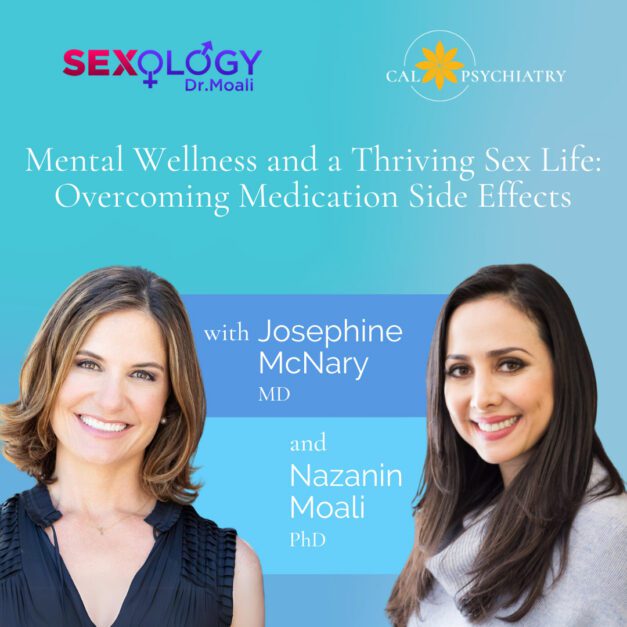For years, ADHD was believed to be a disease of young boys. More research is showing that ADHD is going under-diagnosed in girls and women. When untreated, this mental disorder carries elevated morbidity and decreased life span by as much as 12.7 years in its most severe form.
Boys with ADHD are more prone to present with some of the “hyperactive” symptoms (not being able to sit still in class, speaking out of turn). Girls may present with symptoms as subtle as difficulty with focus or being “dreamy.” Clinicians may be quicker to diagnose girls with anxiety or depression but if undiagnosed, the most severe forms of ADHD can result in some pretty serious sequelae. Children with ADHD who don’t receive treatment are at higher risk of using illicit substances, getting into accidents, and are at higher risk of suicide. These children who don’t get treatment can sometimes persist with symptoms into adulthood, which can have major impact on social and occupational functioning. A study referenced in the article studied 144 girls diagnosed with ADHD and 88 matched controls at a summer camp. These girls were followed from ages 6-12 into their adolescent years, and the findings were striking. Girls with ADHD had a harder time managing their “emotions, thought and behaviors,” and had the same academic problems as their male counterparts. Their social lives suffered too, as more girls with ADHD were socially ostracized by peers. This study highlights the importance of early identification and treatment of ADHD.
Lastly, interesting research is being done on the effect of diet/lifestyle modifications on the course of ADHD. While there are no formal guidelines on dietary recommendations, the literature seems to support a diet low in processed foods with food colorings and additives (such as sodium benzoate) and high in omega 3 fatty acids. It may also be worth it for adults to seek out allergen testing for themselves or their children to see if food allergies are exacerbating their symptoms. Behavioral therapy and lifestyle modifications (tai chi, yoga classes, etc.) are also great first steps for patients who are hesitant to try stimulant medication or whose symptoms may not be severe enough to warrant medication.
At CalPsychiatry, we mainly treat adults, and as this article mentions, many adults can be suffering with ADHD and not know it. Their symptoms may be misdiagnosed as anxiety or emotional regulation problems, and this is why seeking out professional help is so important. If you are struggling with symptoms that don’t seem to be improving on other medications, it may be worth it to seek out a consultation with one of our physicians. They will be able to assess for ADHD and refer for neuropsychological testing if needed for confirmatory testing. We will also discuss the aforementioned lifestyle changes as possible first steps if medication is something you are hesitant about. Making the right diagnosis is so critical for a treatable condition like ADHD, so book your free consultation today.





